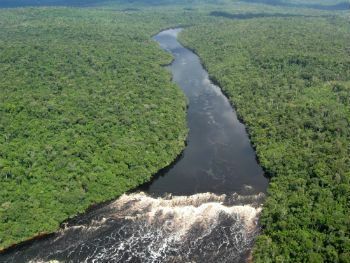Proteins are classified according to form and function, acting on systems and organs of the human body, as follows:
Chromoproteins → proteins that confer pigmentary characteristics.
Glycoproteins → proteins associated with carbohydrate groups, common in glucocalix.
Lipoproteins → proteins associated with lipid groups.
Nucleoproteins → proteins with functions specifically aimed at activities that take place in the nucleus.
endocrine proteins → proteins with hormonal activity, for example, insulin, which participates in lowering the blood sugar level.
Globin → protein that makes up the hemoglobin molecule.
Albumin → important protein in embryo nutrition.
fibrinogen → protein component of blood plasma, participating in the coagulation process.
Keratin → protein that participates in the structuring of nails and hair.
collagen → protein found in human skin and cartilage, providing elasticity.
Do not stop now... There's more after the advertising ;)
By Krukemberghe Fonseca
Graduated in Biology
Brazil School Team
Biochemistry - Biology - Brazil School
Would you like to reference this text in a school or academic work? Look:
RIBEIRO, Krukemberghe Divine Kirk da Fonseca. "The main protein types"; Brazil School. Available in: https://brasilescola.uol.com.br/biologia/os-principais-tipos-proteicos.htm. Accessed on June 28, 2021.



